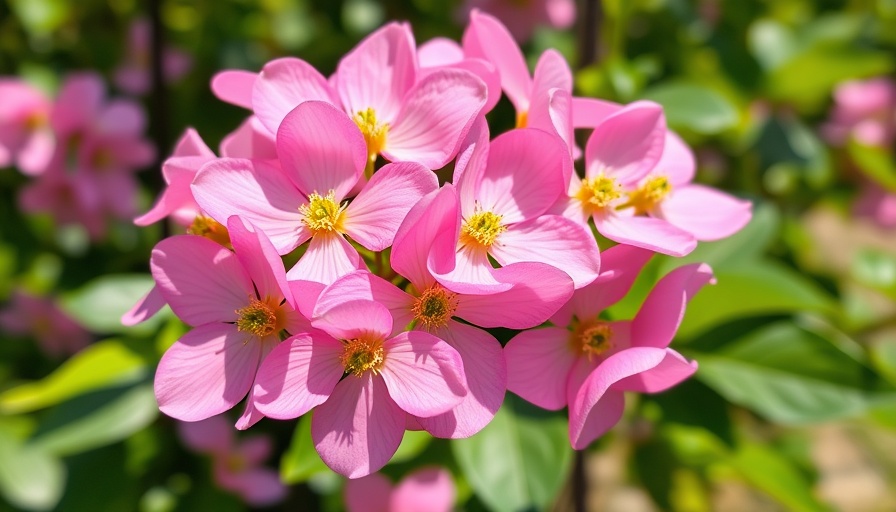
Understanding Dogwood Anthracnose: A Hidden Threat to Your Garden
Dogwood anthracnose may sound like just a technical term, but for gardeners and nature enthusiasts, it represents a serious threat to beloved dogwood trees (Cornus species). Caused by the fungal pathogen Discula destructiva, this disease originates from Asia and has aggressively spread across North America since its first identification in the late 1970s. As a result, it has decimated native populations of dogwoods, particularly in regions like New England, the South, and the Pacific Northwest, where susceptibility to this fungus is highest.
Identify the Symptoms: Knowing What to Look For
Being vigilant is key. Dogwood anthracnose manifests in various symptoms, including dark, water-soaked leaf spots, wilting flowers, and cankers on branches that can gradually kill the tree. If you notice your dogwoods looking sickly or sluggish, it’s time to act. Home gardening isn’t just about aesthetics; it’s about ensuring the vitality of your landscape and protecting these magnificent trees.
Control Methods: Combining Strategies for a Healthy Landscape
When it comes to combating dogwood anthracnose, a multi-pronged approach often yields the best results. Start with cultural control methods such as maintaining proper tree spacing to improve air circulation, thus reducing humidity and disease spread.
Additionally, consider incorporating organic control strategies. Organic fungicides like those derived from natural ingredients can help curb the spread of the fungus without harming beneficial garden wildlife. Regular maintenance, such as pruning affected branches and cleaning up fallen debris, reinforces the effectiveness of these methods.
Future Predictions: The Landscape of Garden Diseases
As climate change continues to affect ecosystems, it’s critical to monitor not only diseases like dogwood anthracnose but also emerging threats to other plant species. Warmer temperatures and changing rainfall patterns may exacerbate existing garden disease pressures or bring new pathogens into play. This trend underscores the importance of adapting garden practices and remaining informed about the latest horticultural research.
Practical Insights for Garden Enthusiasts
If you're a gardening aficionado, integrating dogwood anthracnose management into your garden strategy can protect your investment. Equip yourself with knowledge about specific plants that are more resistant or immune to fungal diseases. For instance, species such as kousa (C. kousa) and red osier (C. sericea) may withstand some level of infection but are less likely to succumb compared to native dogwoods.
Furthermore, employing techniques like crop rotation and companion planting can enhance soil health, which is foundational to plant resilience against diseases. Keeping your garden soil rich and well-aerated helps prevent conditions favorable to fungal growth.
Wrap Up: Take Action to Protect Your Garden
By understanding and identifying the threats posed by dogwood anthracnose, you have the power to protect your garden's integrity and health. Whether through preventive measures or active management, it's essential to take control of this issue proactively. For the thriving dogwood trees and the vibrant gardens they represent, combine these strategies to foster an enduring, healthy landscape.
 Add Row
Add Row  Add
Add 




Write A Comment